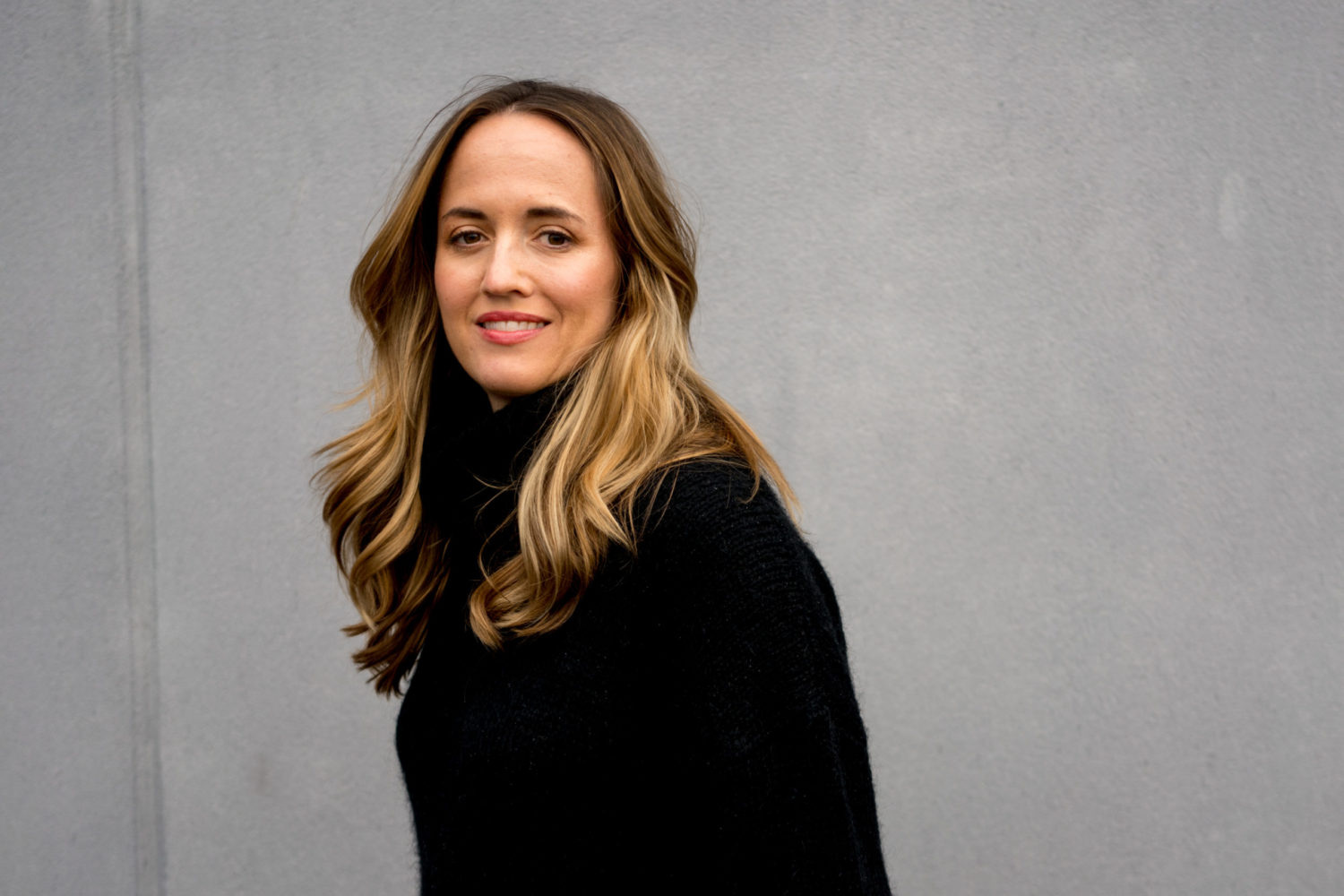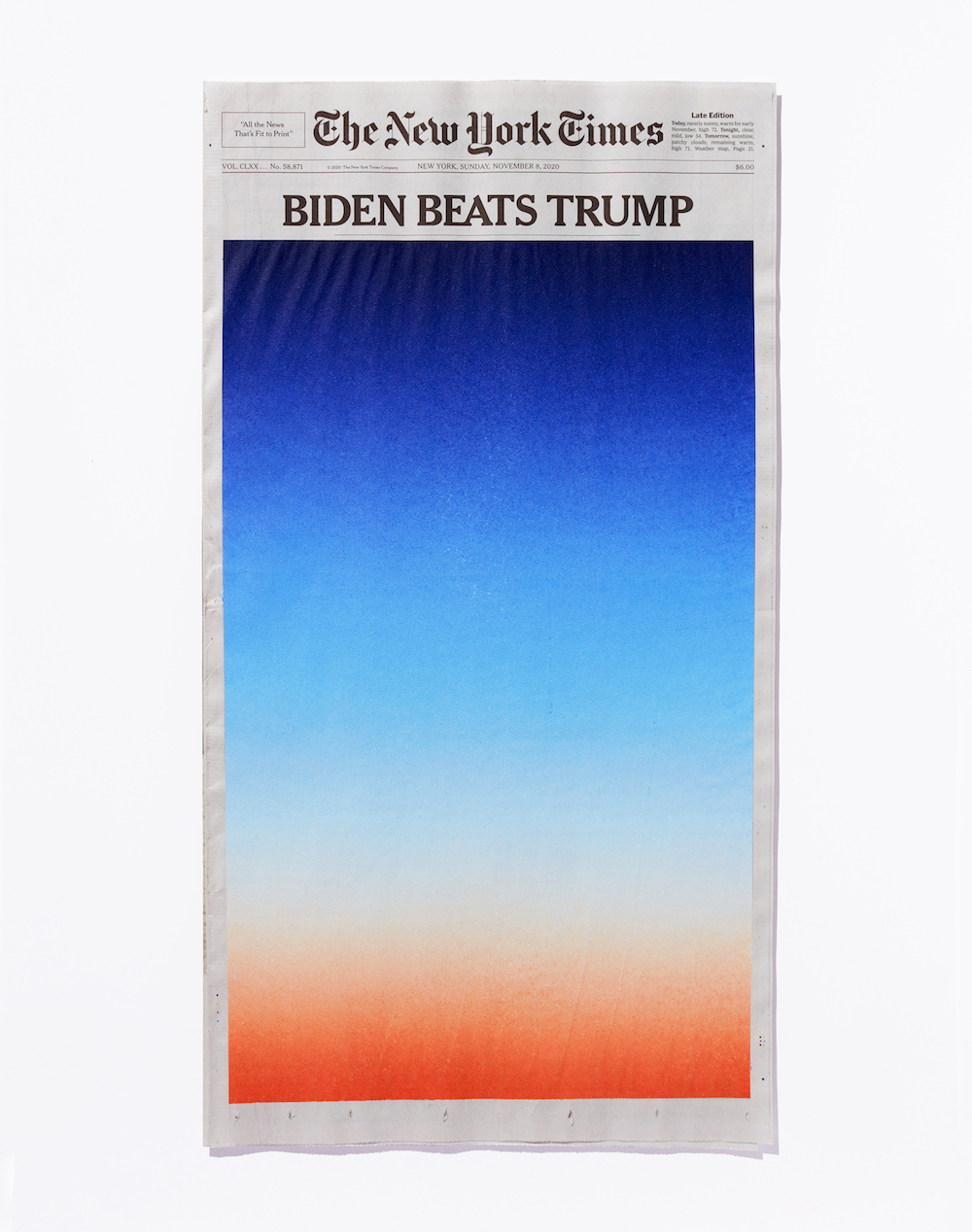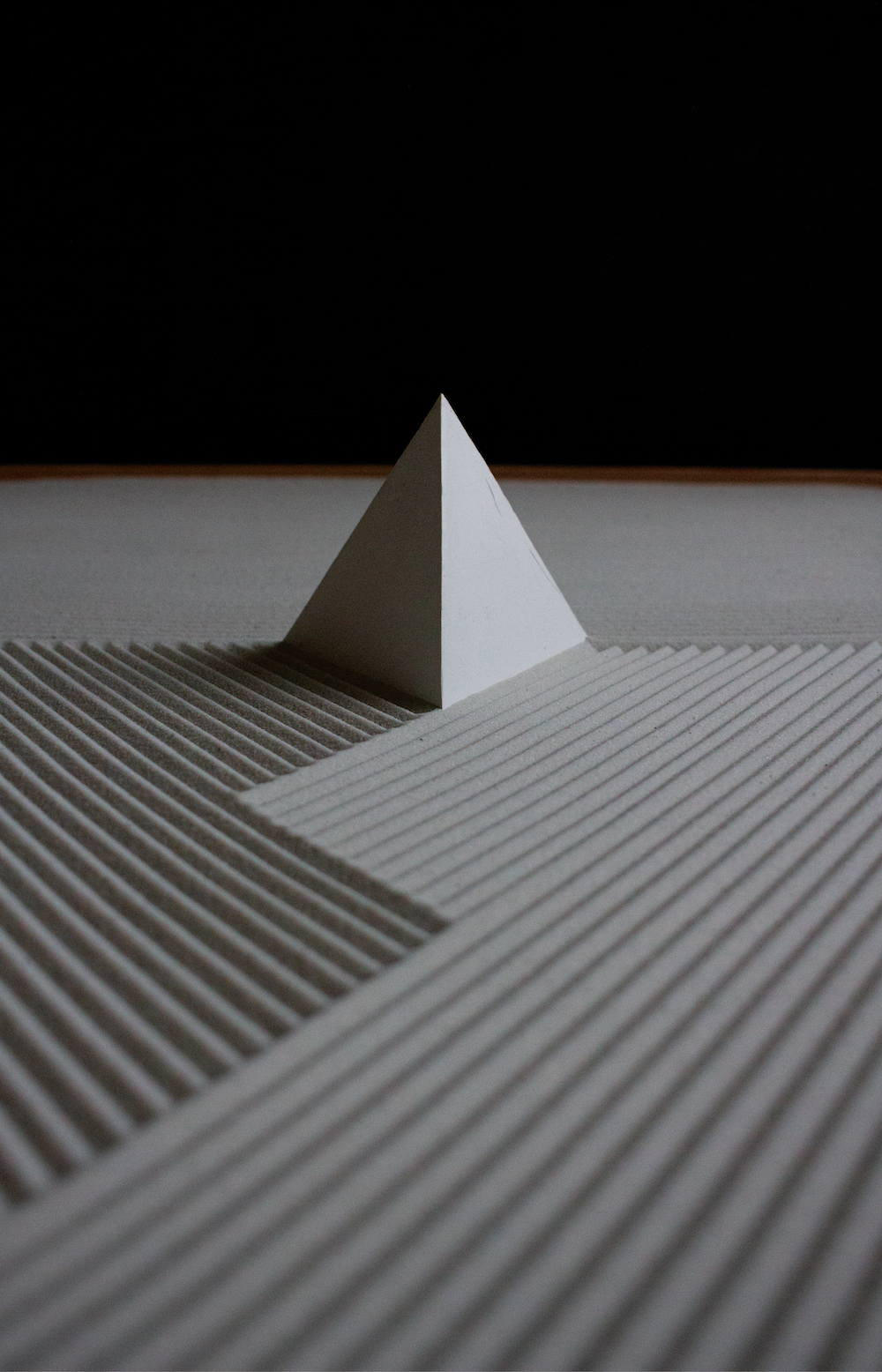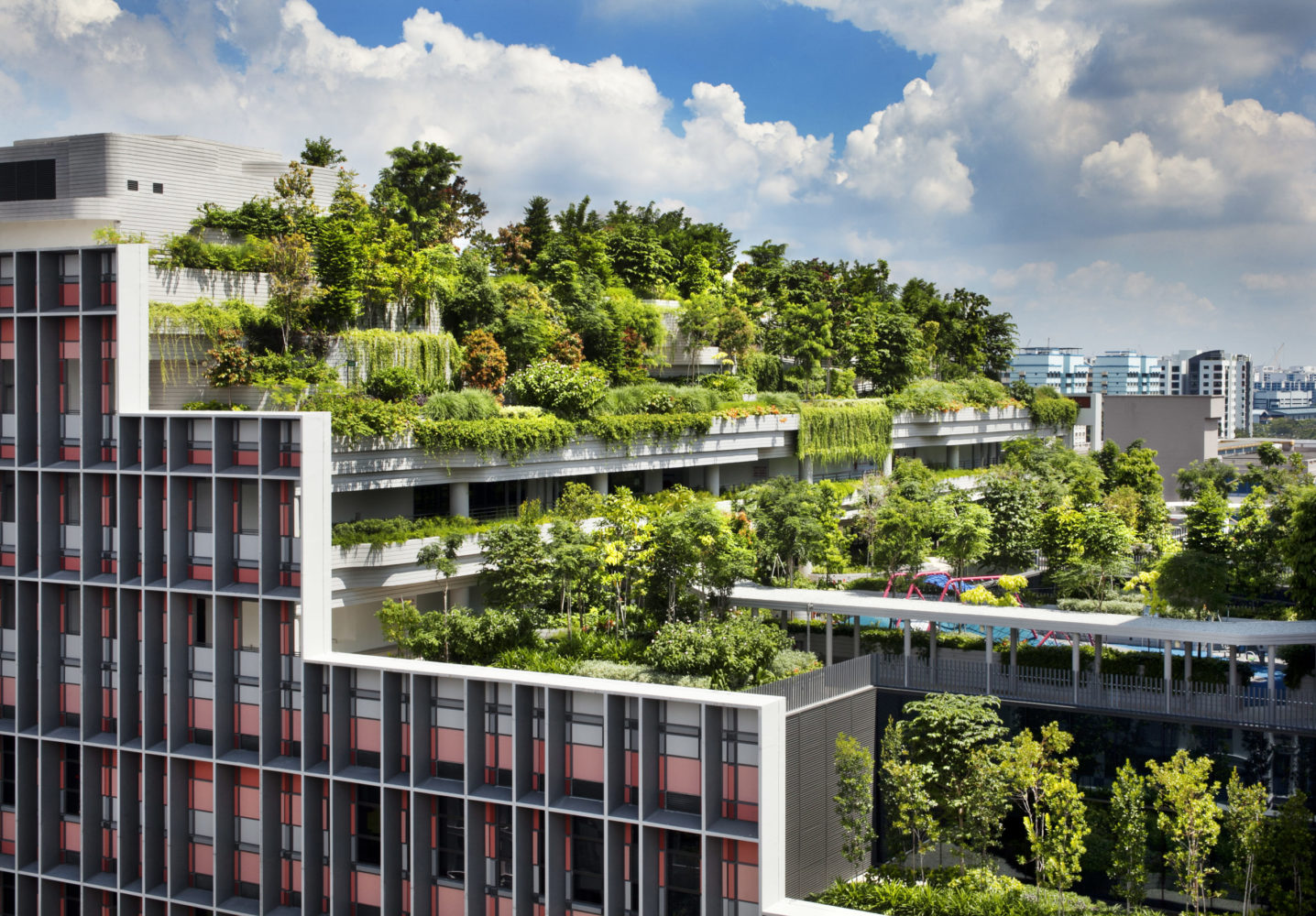This May, Frieze New York will take place at The Shed for the very first time since its debut on Randall’s Island ten years ago. From May 5 to 9, the fair will host presentations from 60 major galleries in conjunction with talks, special projects, a digital Frieze Viewing Room, and other programming.
The fair is set to reinvigorate the New York and international art world, which has been greatly impacted by the ongoing COVID-19 pandemic. It will be one of the first to take place in-person after over a year’s worth of major art events were forced online.
And its current director of programming, Loring Randolph (the former director of Frieze New York), is feeling really hopeful about it all. She spoke with Whitewall early in 2021 to offer a sneak peek at what’s in store for visitors in-person and logging in from afar.
WHITEWALL: How would you describe your new role as director of programming?
LORING RANDOLPH: I’ve been able to stay on and do the things that I love at Frieze, which includes crafting the programming around the fair and having conversations with the galleries, curators, institutions, and other people in the city. I launched Frieze Sculpture in New York in 2019, and that was one of the most rewarding things that I was able to do during my time as director of Americas at Frieze. To have that interaction with the city and to have Frieze’s presence really extend outside of the boundaries of the fair—that was a major goal for me right from the beginning. I really wanted to stay a part of that because it was so close to my heart.
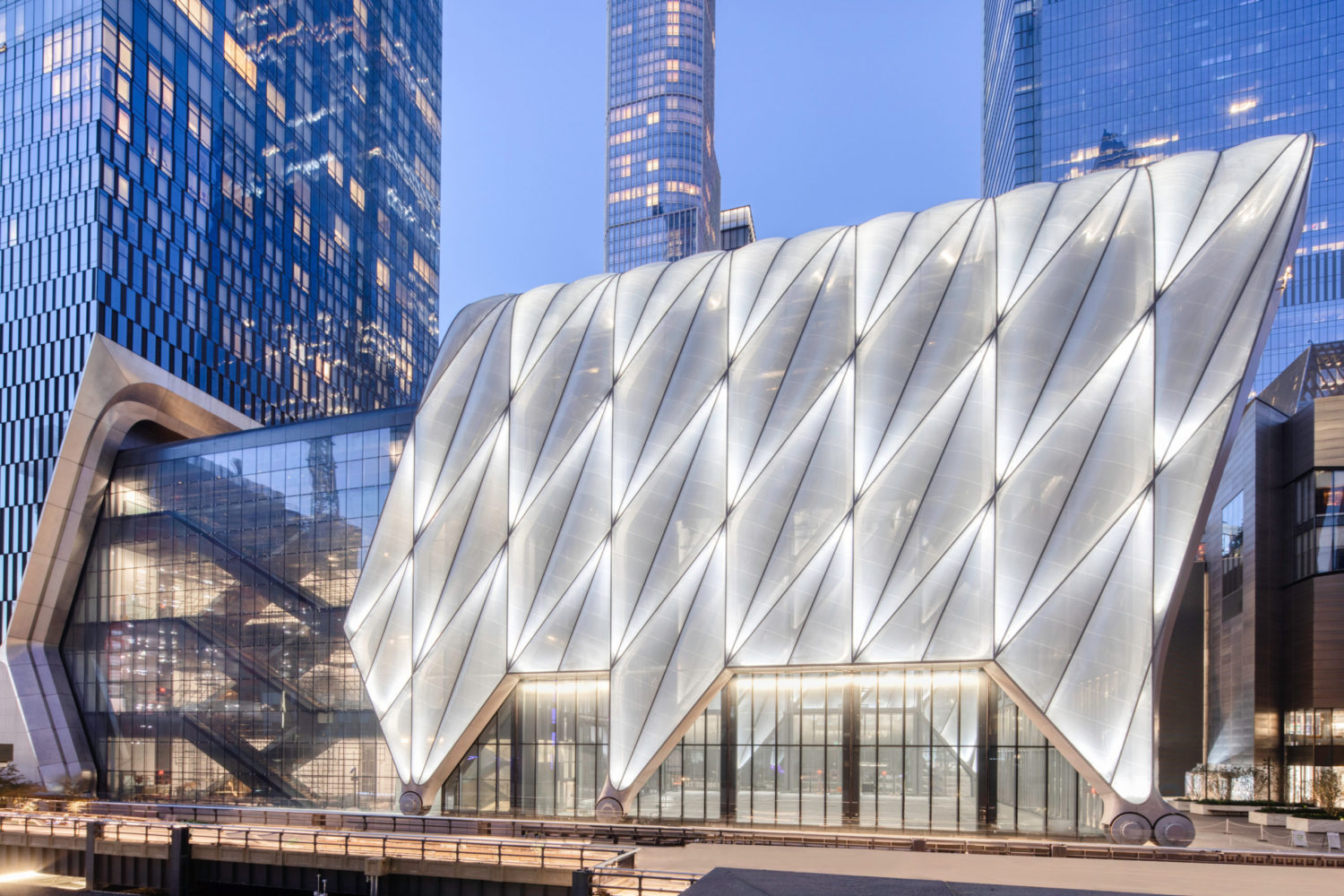
The Shed, New York, NY, courtesy of Brett Beyer.
WW: How does the location of The Shed offer a new perspective with programming?
LR: I find it really rewarding that our relationship with New York institutions has been taken to this point where we can house Frieze at a New York City nonprofit organization. We can have some sort of symbiosis in terms of economics, programming, community, and relationships.
I’ve totally had to rethink programming for this year. I think everyone has had to rethink how are they doing programming, staging exhibitions, promotion, getting people to see these things. I think the art world has adapted and been fairly successful at moving some of the things that we are interested in doing online, especially some of the talks and programs.
How do we rethink the art fair model? What it is that we’re doing? Who are we serving? How are we important in the public realm and in the private realm, and how do we share that space? I wanted to bring in a more academic and rigorous approach to programming, something that spanned not just our contemporary current moment but dove back deeper into history and had an educational component. I have asked Sarah Lewis at Harvard if she would be open to us honoring her work with “Vision and Justice” and the educational force it has become over the last few years. She agreed to be tributed as part of our programming for Frieze New York, and that is one of the most central things that I’m working on right now.
Alongside that, we are going to continue our relationship with Acute Art and the kinds of technological advancements they are making with artists to put on an augmented reality program that you’ll be able to access from your phone and in-person on site.
In addition to that, the winner of the Frieze Artist Award, Precious Okoyomon, supported by Luma, is going to stage a performance in the lead- in days to our installation of the fair at The Shed. It’s going to be incredible. We’re going to document it and have that available for people. We are really looking forward to it.
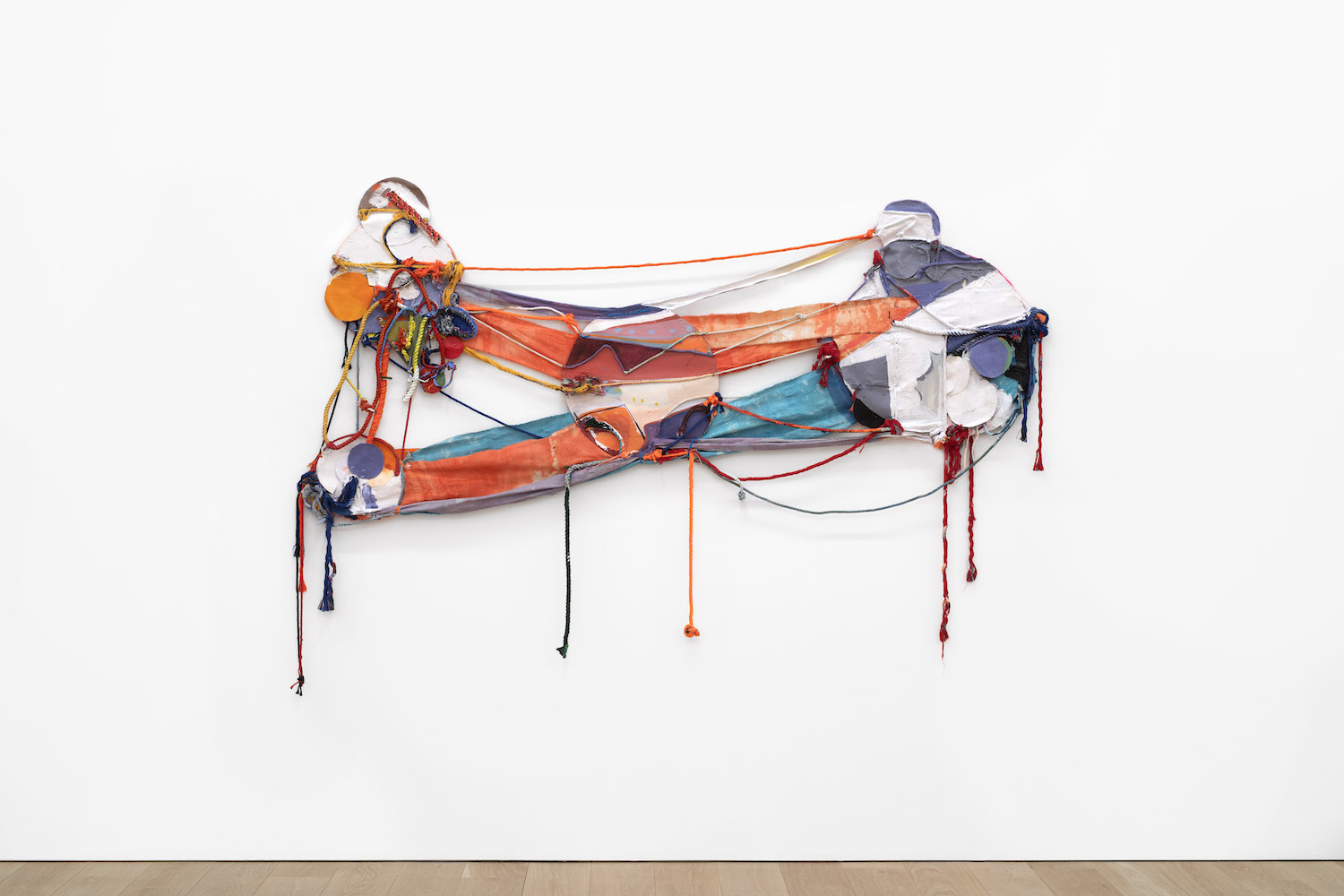
Rachel Eulena Williams, “Orange Blood,” 2020, acrylic paint and dye on canvas, panel, and cotton rope, 60 × 98 × 3 inches, courtesy of Canada and the artist.
WW: You mentioned how some online programming over the past year has been really successful. Do you imagine keeping some digital programming going forward, as it becomes less of a necessity?
LR: For sure. We had talked about this last year. We were thinking about it before the pandemic. The digital offerings, from almost everybody, were starting to solidify in the mind and can be used in a myriad of different ways.
WW: This will be a major moment for New York, seeing the art world come back to life, a bit. In your conversations with galleries and institutions in New York, are you feeling that sense of hope?
LR: People have had to shift their programs so dramatically over the last 18 months that there are specific things that they weren’t able to show that they want people to see in person. Those artists created things not to just end up in this empty vacuum. I think that this is a moment where a lot of the galleries will have people experience some of these things in person, as well as showing a lot of new work. Museums have postponed all their big exhibitions to launch in the spring, so you have Kusama at the New York Botanical Garden, KAWS at the Brooklyn Museum, the El Museo del Barrio opening their first triennial. The whole community is really hopeful that is going to be the time when things get back off the ground.
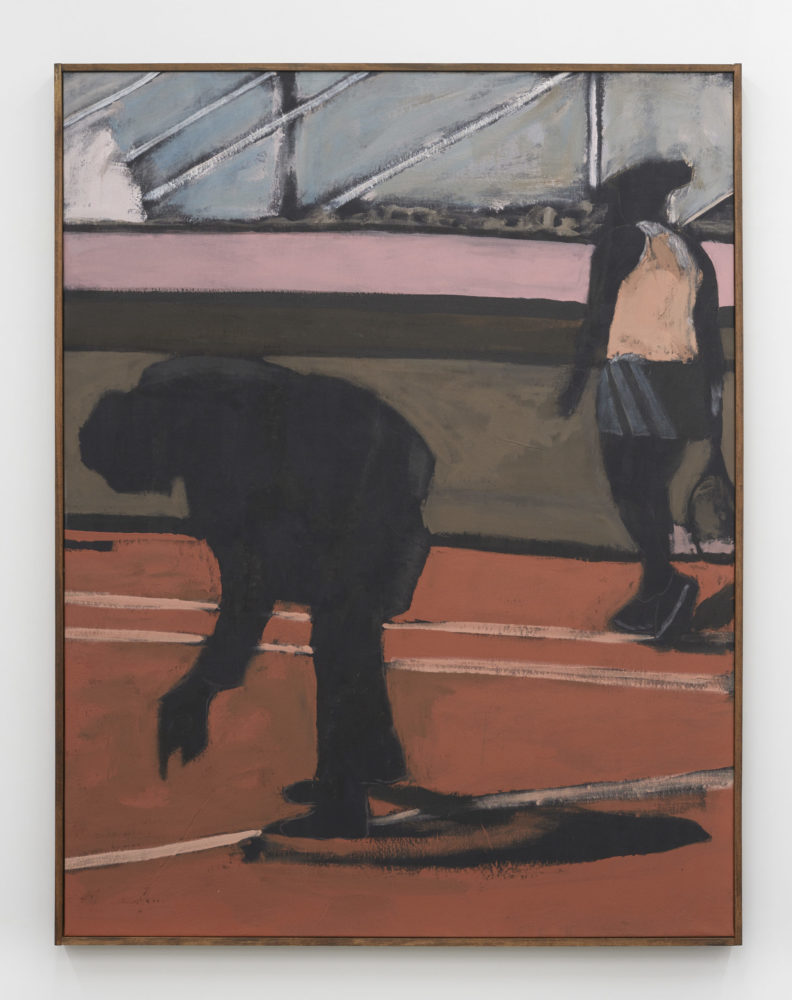
Reggie Burrows Hodges, “Single Source,” 2019, acrylic and pastel on canvas, 61 x 47 x 2 inches, courtesy of Karma and the artist.


